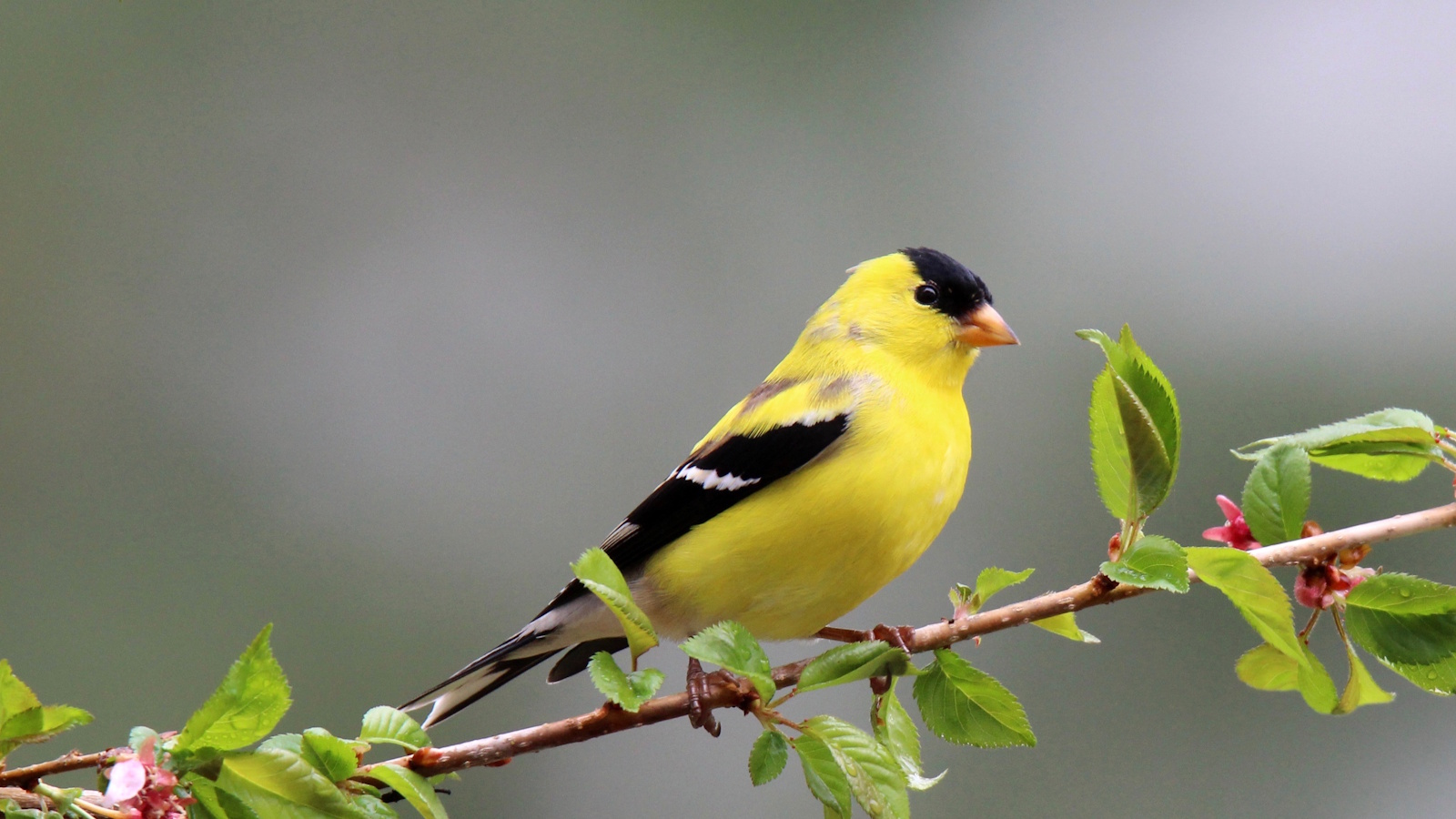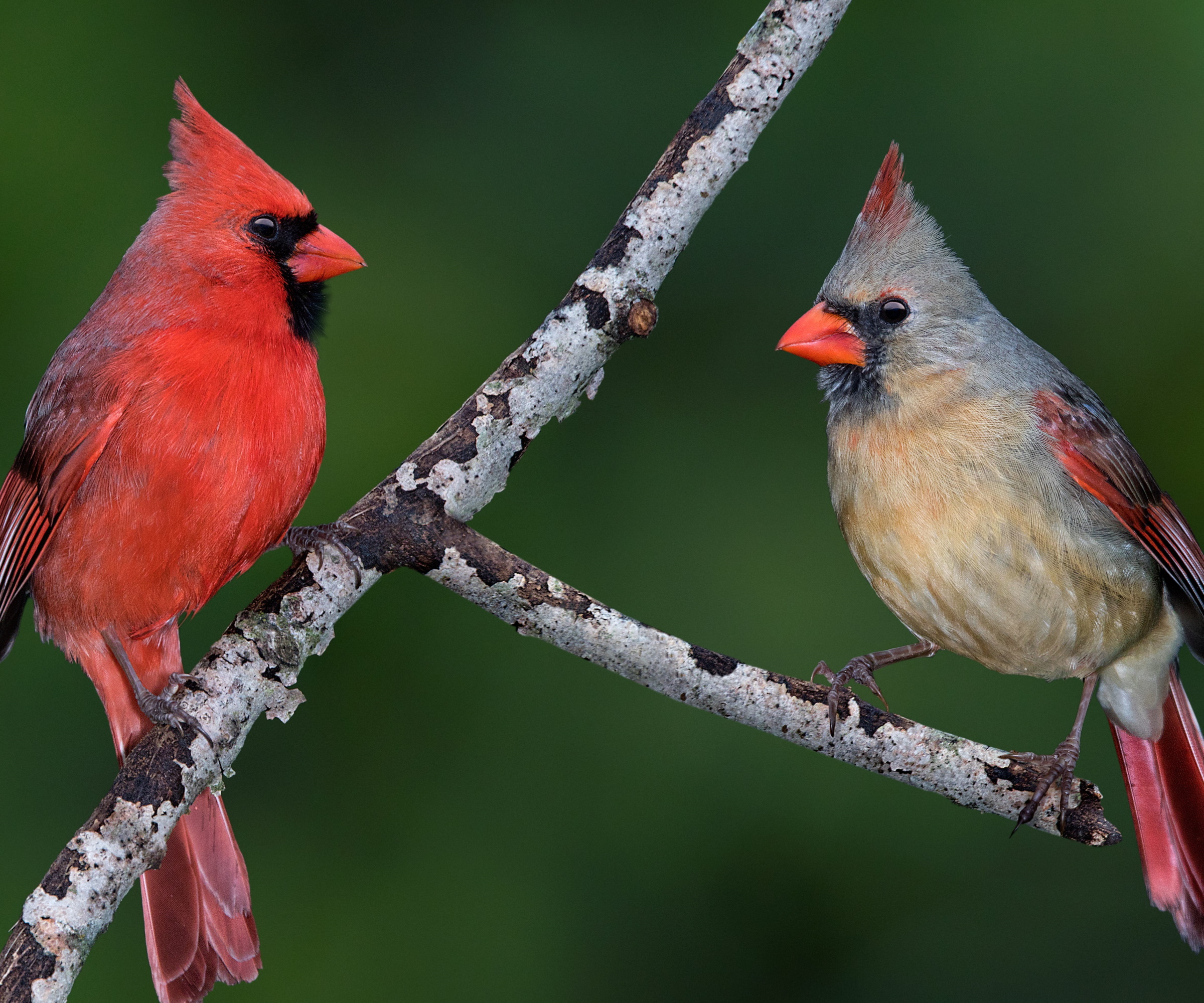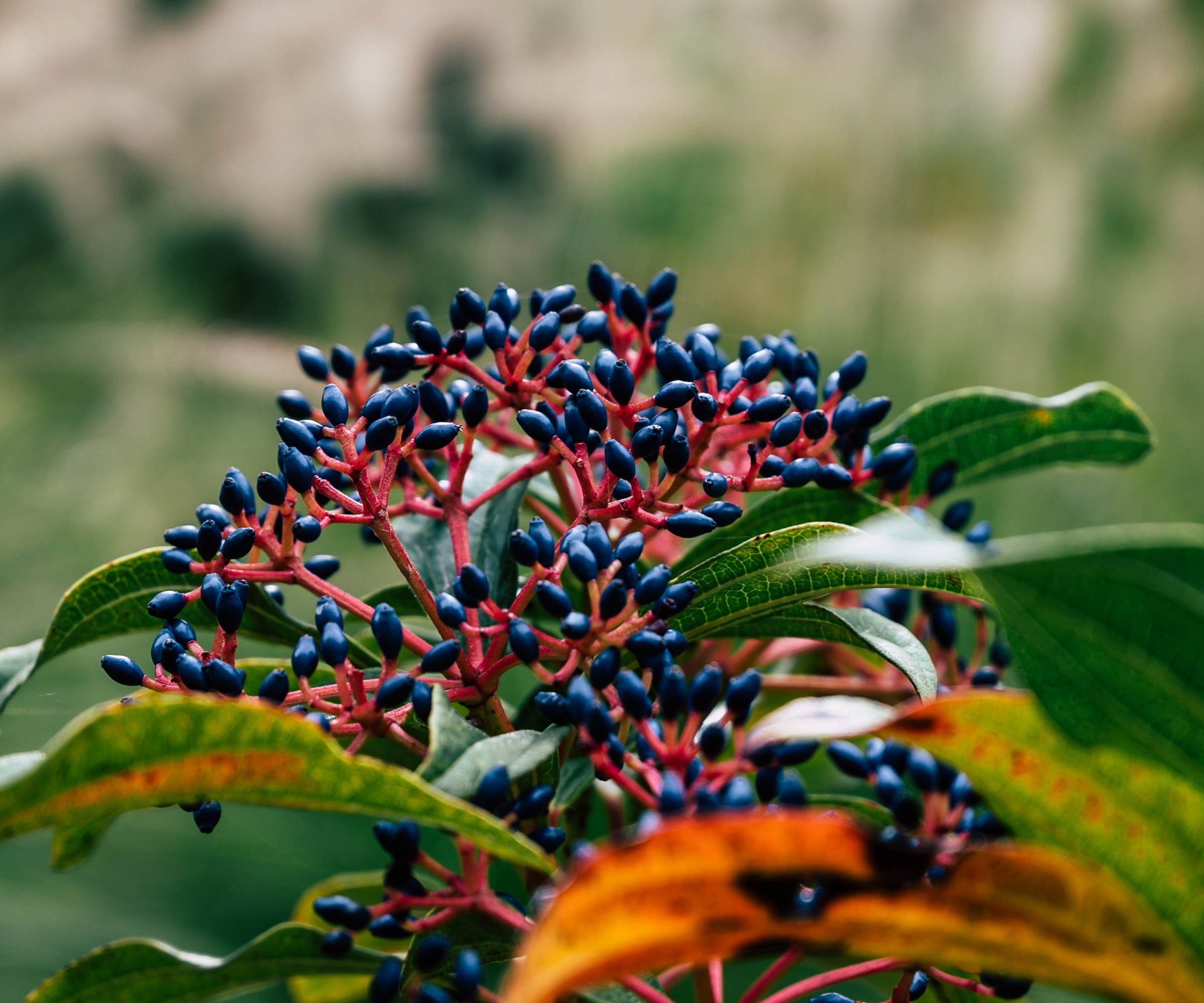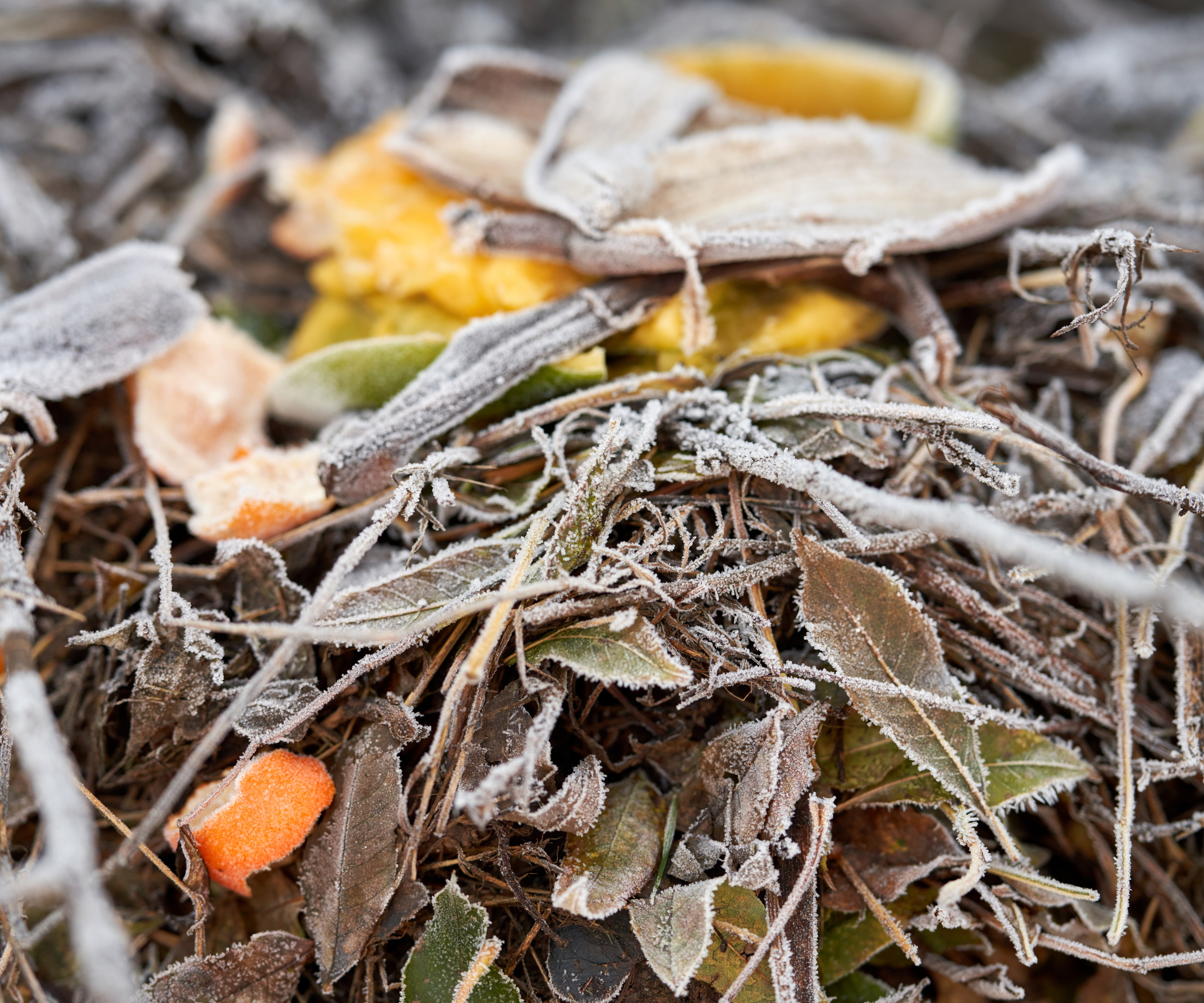
With the ongoing avian flu outbreak posing serious risks to bird populations, gardeners are being urged to reassess how they feed wildlife. While bird feeders have long been a reliable way to support wildlife, they invite birds to gather and congregate and thus can become breeding grounds for the virus to spread.
To slow the transmission of the virus, some wildlife agencies, including the Texas Parks and Wildlife Department, have recommended removing traditional bird feeders and bird baths. While this might seem cruel, reducing interactions of birds in your yard can be necessary and indeed, prevent infection. There are, however, many methods that can keep birds well-fed while reducing the risk of transmission.
So, if you are exploring wildlife garden ideas and are looking for bird feeder alternatives, we have all the information you need to know. Here, birding experts from across North America reveal creative solutions to feed birds while also keeping them safe.

Bird feeder alternatives
In light of the avian flu outbreak, many gardeners have been asking: should I take my bird feeder down? 'The answer to this depends on where you live,' says Reese Robbins, garden expert and creator of Just Pure Gardening. 'Bird feeders can become a hotbed for infection and bacteria, but you should always follow the advice of your local government office. However, traditional bird tables or flat tray feeders can invite birds to gather, and at a time when bird flu is on the rise, this is not the best approach.'
So, if you are worried about infected bird feeders, here are three alternative solutions to keep birds nourished and safe in your yard this year, as recommended by wildlife experts.
1. Fill your borders with nectar and berries

'The simplest and easiest bird feeder alternative for any gardener is to grow plenty of native plants,' says Maren Gimpel, bird expert and Associate Director Foreman's Branch Bird Observatory at Washington College, Maryland.
'Native plants provide a natural food source for birds. Whether it's the berries of viburnum for thrushes or seeds of coneflowers for finches, what you choose to plant can improve the lives of birds,' Maren adds. 'Consult your local master gardener or look online for the plant species best suited to your region and US hardiness zone, but selecting three or four native species will undoubtedly prove popular with local birds.
'The bird flu outbreak is an evolving situation, and the severity varies regionally, so be sure to check with local sources for guidance in your area.' For updates, consult the US Department of Agriculture website.
As Mared says, native plants that produce berries and seeds are a surefire way to keep birds content. Having plenty of different species growing in different locations in your yard will mean birds are free to feed in isolation, rather than seeking sustenance from only one source. For fruits, try growing North American blueberry bushes. Native blueberry starter plants are available from Walmart.
For a native perennial, why not learn how to grow verbena? Blue vervain, or Verbena hastata, is a hit with birds, bees and butterflies, and is a versatile and long-flowering option that can be grown down to zone 5. Native blue vervain seeds are available from Amazon.
2. Encourage insects and bugs

'While caution is understandable with regards to bird flu, halting wild bird feeding entirely can harm our feathered friends, especially when they’ve come to rely on us during lean times,' says Siobhan Shaw, sustainable gardening expert and founder of Growing to Give.
'One way you can help is to grow their buffet by boosting biodiversity in your yard,' Siobhan adds. 'Birds love insects and bugs, so learning how to make a bug hotel or leaving wild areas full of rotting material, logs and leaves is always a good idea. Here, beetles and worms will thrive, providing plenty of feeding opportunities for birds.
'You can even buy mealworms from local stores, scattering them around wood piles or under shrubs.' Mealworms are also great for dealing with common garden pests, such as aphids, mites and caterpillars. Live mealworms and beetles can be ordered online from Amazon.
'Birds are resourceful, but with a little effort, we can help them thrive all year round,' Siobhan says. 'By creating a wildlife-friendly garden, you’re not just feeding birds, you are building a healthier, more biodiverse ecosystem.'
This insect hotel for bees, butterflies, and ladybugs is a year-round habitat offering shelter for bugs and beetles, and is sure to prove popular with hungry birds too.
3. Use smaller DIY feeders to prevent congregation

'Rather than use traditional flat or open feeding stations, it would be better for gardeners to hang fat balls or small suet feeders in trees,' says Kamil Smith, bird and wildlife expert and owner of OnTheFeeder.com.
'Doing so will prevent interaction between birds, as these smaller feeders or individual fall balls are small enough to only allow one bird to use them at a time.' Suet balls can be bought online at Amazon.
If you want to learn how to create natural bird feeders, why not try a DIY option using coconut shells? Drill a hole in the shell of a coconut before attaching a looped piece of string. Then, mix together lard, peanut butter and seeds, filling each shell. Place these small feeders far apart in your yard to prevent birds from gathering in one area.
This fat or suet ball holder can accommodate up to four small balls, making it a reliable food source for wild birds like sparrows, finches, robins and tits.
FAQs
Should I scatter seed in my yard?
'I would avoid scattering seed in the yard,' says Kamil. 'While birds might enjoy this, it will encourage multiple birds to be in the same area. For this reason, during the bird flu outbreak, avoid scattering seeds and stick to one or more of these bird feeder alternatives, such as growing plenty of native plants with fruits and berries.'
Keeping a wild patch towards the back of your garden is always a good idea to boost wildlife and biodiversity in your area. Even a small area with overgrown weeds, a pond and log piles will prove to be a haven for insects and birds. For more information, you might find our guide to wild gardening useful.







